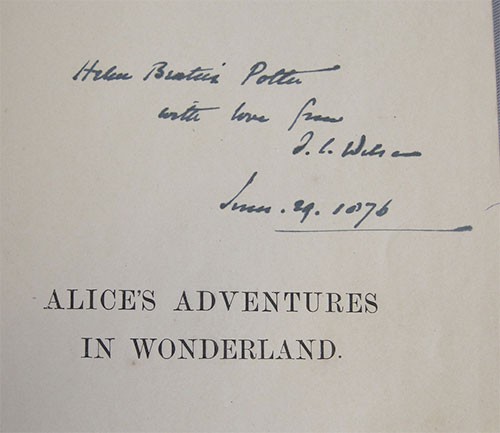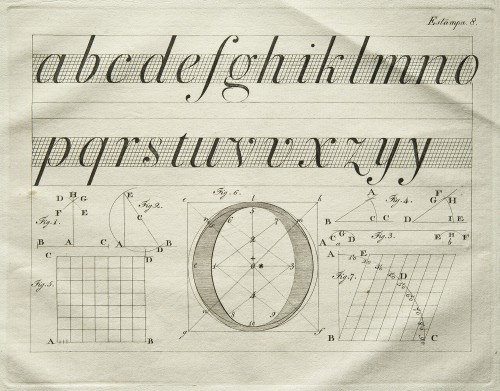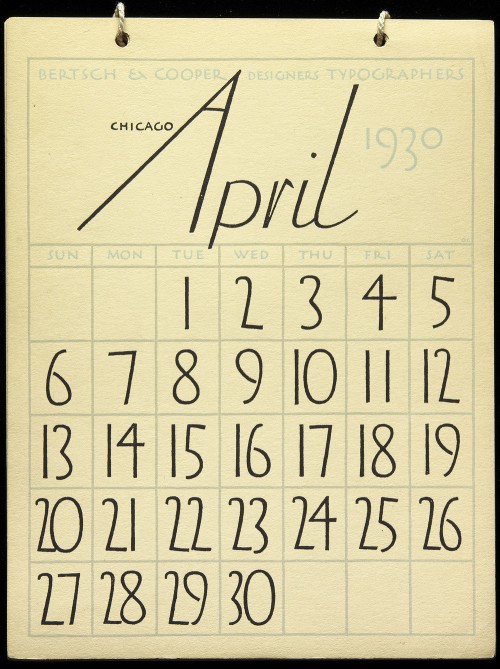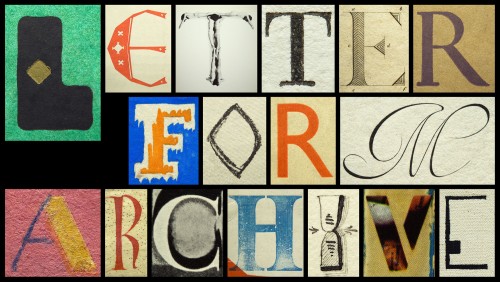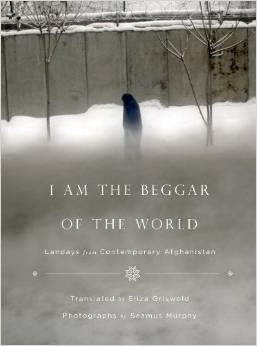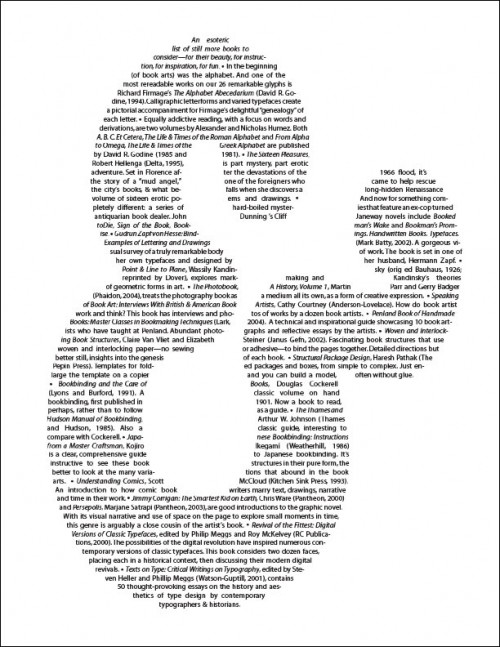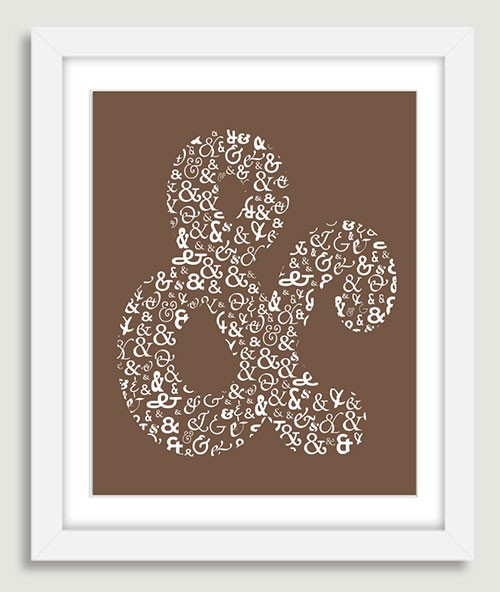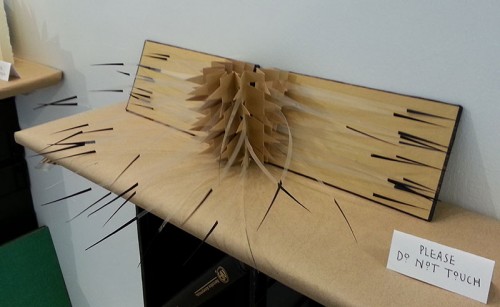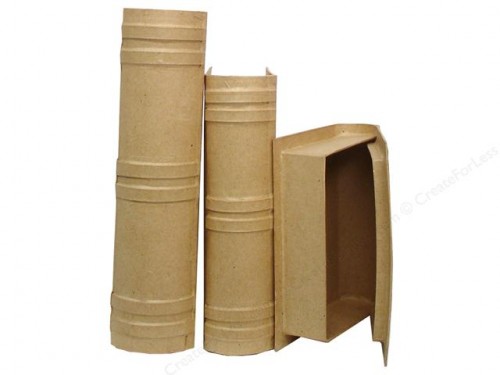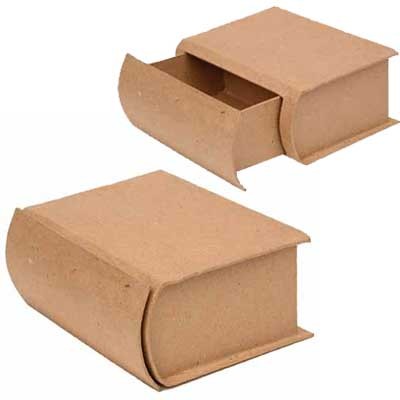My friend Marilyn recently showed me a book she made, with reproductions of title pages from books she owned. Many had inscriptions—some to her, some to others from her second-hand books. That reminded me of the article I read recently in the Atlantic called “What is a Book? Not just a bag of words, but a thing held by human hands.” It talks about the Book Traces Project, a project to track down & digitize the human markings in 19th-century books. The idea seems to be that the marginalia and underlining in books is just as important as the text.

